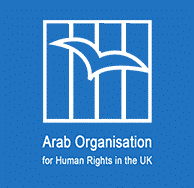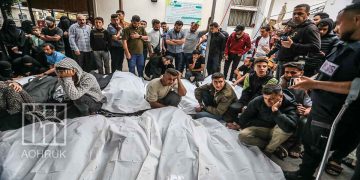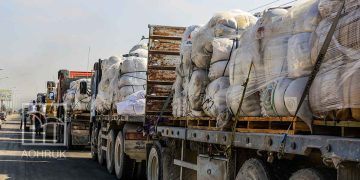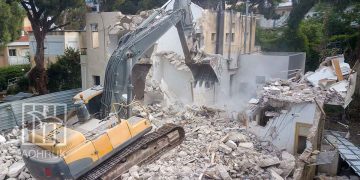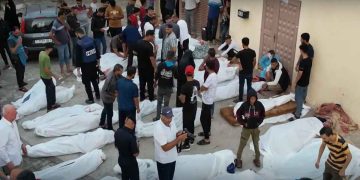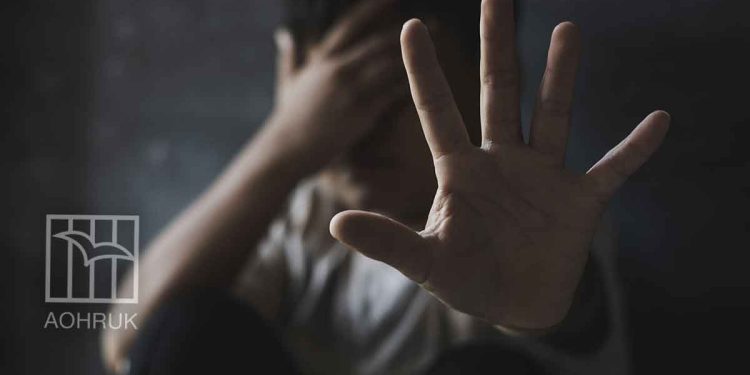In an incident that has reignited painful questions about interrogation practices in Jordanian detention centres, engineer Ahmad Al-Ibrahim died just one day after his detention at Al-Ramtha police station, in circumstances that his family describes as involving torture and medical neglect that led to his death.
According to information shared by his relatives on social media, Al-Ibrahim was arrested yesterday, then transferred to hospital after complaining of abdominal pain. He was returned to the detention facility, sent back to the hospital a second time, then returned to custody despite his deteriorating condition. On his third transfer to the hospital, he was in critical condition and died hours later.
A forensic report, which shocked public opinion, confirmed the presence of bruises in the abdominal area that led to a perforation of the small intestine, causing peritonitis and fatal sepsis. It also documented a broken nose and fractures around the eye socket, indicating that the young man had been subjected to severe physical violence during his detention.
Ambassador Abdullah Afeeshat Al-Ajarmeh, head of the Jordanian National Observatory for Human Rights, said in a video statement that Al-Ibrahim had been subjected to what he described as a “brutal and reprehensible assault” by officers from the anti-narcotics department during his interrogation.
Al-Ajarmeh stated: “Al-Ibrahim was beaten, humiliated, and bruised. We fully documented and photographed his injuries before burial: an injury from the butt of a pistol, a blow to the eye, broken teeth, a broken nose, blows to the sides and abdomen… it was a savage assault.”
He added: “He could have been dealt with civilly; he was a young, educated engineer. Even if he had committed an error, it could have been investigated, not killed for it.” He asked: “Where is the seized evidence? What justification could there possibly be for this level of violence?”
Al-Ajarmeh’s statements, along with the forensic findings, reopen the file of torture in Jordanian detention centres, a practice the authorities have long denied or dismissed as isolated incidents. However, the pattern of violations and the repetition of similar scenarios with other detainees suggest a deeply entrenched structural problem in detention and interrogation practices, beginning with impunity and ending in hospital emergency rooms and morgues.
What happened to engineer Ahmad cannot be separated from a broader context of violations of the right to life, bodily integrity, and dignified treatment, fundamental rights enshrined in national constitutions and international treaties to which Jordan is a party, such as the International Covenant on Civil and Political Rights and the Convention against Torture.
The circumstances of his delayed death, following three hospital visits, and the absence of any clear explanation for his return to detention despite his deteriorating condition, raise serious concerns about mistreatment and deliberate medical neglect, amounting legally to unlawful killing under torture, particularly in light of the documented bruises that led directly to his death.
While the family awaits a serious and transparent investigation, the official account remains absent, with no signs yet of an independent inquiry. In the meantime, the Jordanian public continues to follow the case under the hashtag #JusticeForAhmadAlIbrahim, demanding accountability for all those involved and effective, not merely theoretical, criminalisation of torture.
